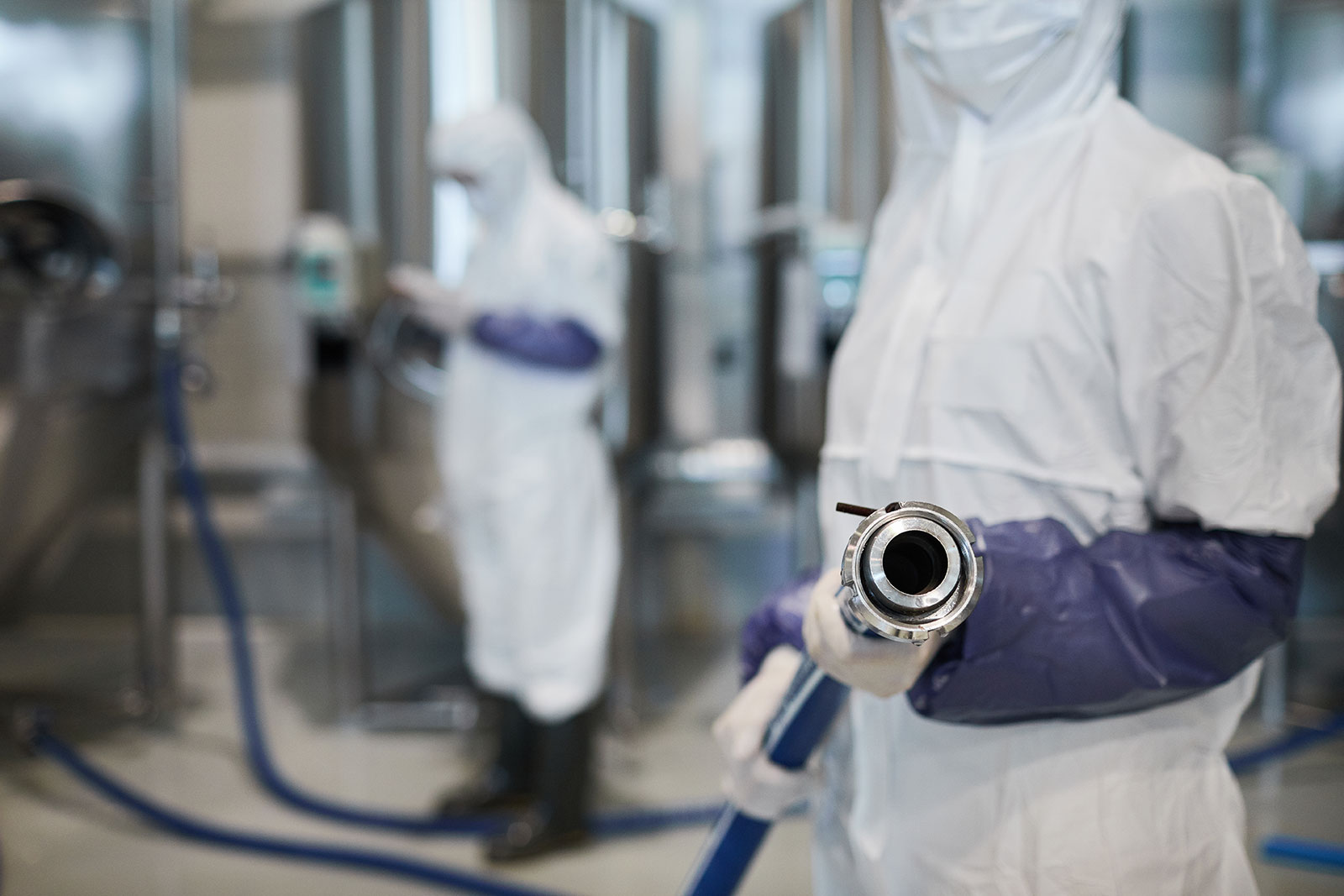Passivation

Creating a Protective Passive Layer on Metal Surfaces
Passivation is a critical chemical process that removes free iron and other surface contaminants from stainless steel, facilitating the natural formation of a thin, dense, and stable chromium oxide layer on the metal surface. This passive layer significantly enhances the material’s corrosion resistance and durability, making it particularly vital in high-purity and regulated environments such as the pharmaceutical, food & beverage, and biotech industries. By minimizing the risk of corrosion and surface contamination, passivation not only extends the service life of stainless steel components but also ensures compliance with stringent hygiene and operational standards in critical systems.

AEKS performs on-site passivation using:
- Nitric acid passivation (per ASTM A967, A380, EN 2516)
- Citric acid passivation for more sensitive environments or where nitric is prohibited
- Neutralization and deionized water rinsing to ensure residue-free finishes
Surface preparation steps often include:
- Degreasing
- Pickling (where necessary)
- Pre-cleaning with alkaline solutions
Post-passivation validation may involve:
- Ferroxyl testing or copper sulfate tests
- Koslow
- Surface roughness measurements
- Material traceability documentation
- Customized method statement and risk assessment (RAMS)
- Full GDP-compliant reporting package
Passivation is crucial for new stainless steel process systems, or following welding, grinding, or de-rouging treatments.
.jpg)